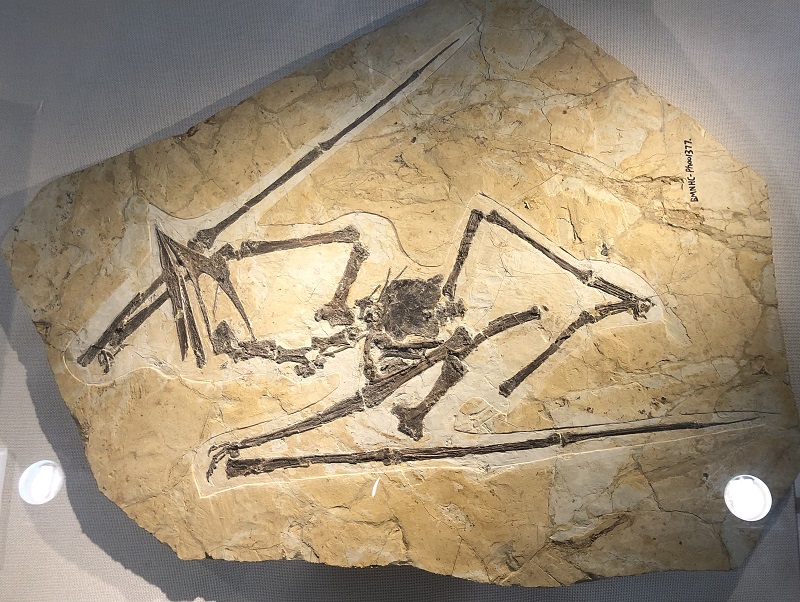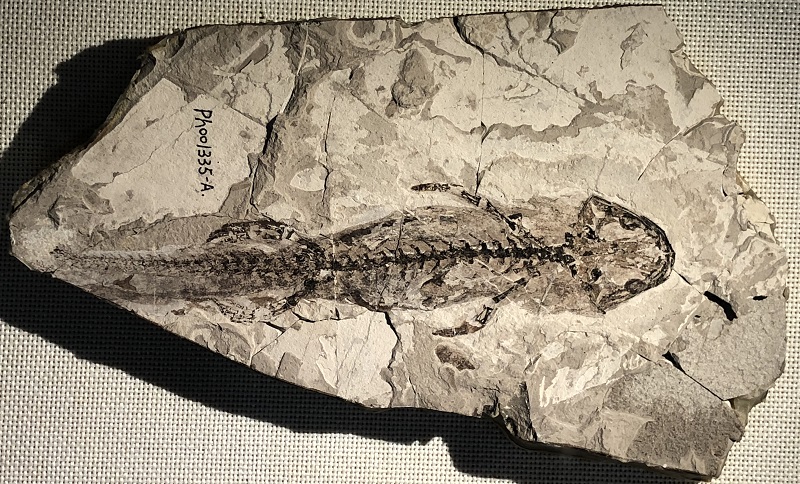Gansus Zheni Liu et al. 2014
Age and Locality: Early Cretaceous, Liaoning Province. Gansus Zheni Liu was discovered in the lacustrine strata of the Jiufotang Formation in Lingyuan City, Liaoning Province, during the early Cretaceous period. It is one of the most advanced birds in the Jehol Biota and is closely related to the Gansus bird found in Gansu Province. Studies have shown that Gansus Zheni Liu had similar habits to modern wading and swimming birds. Modern birds originated in the early Cretaceous period and include all living birds.





